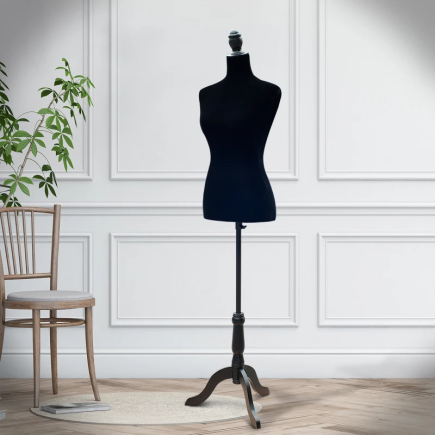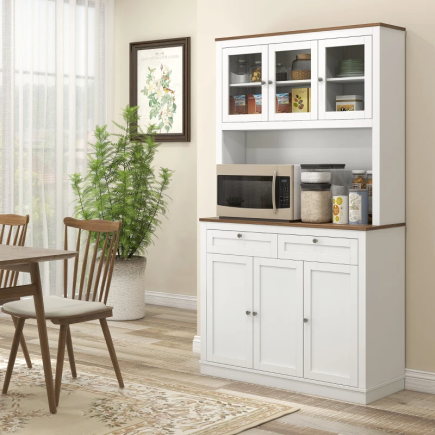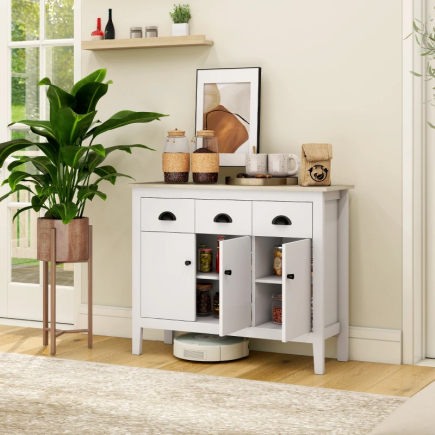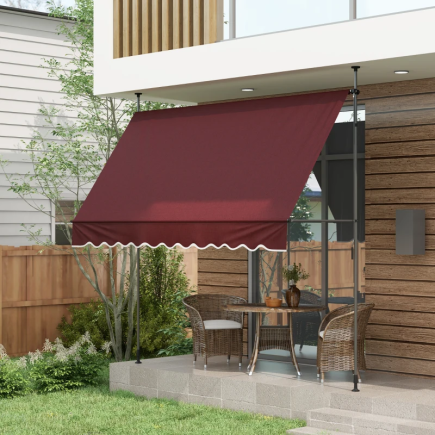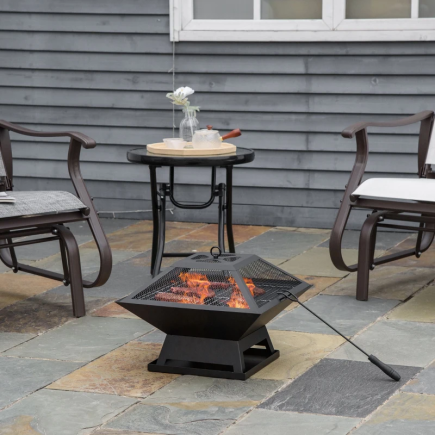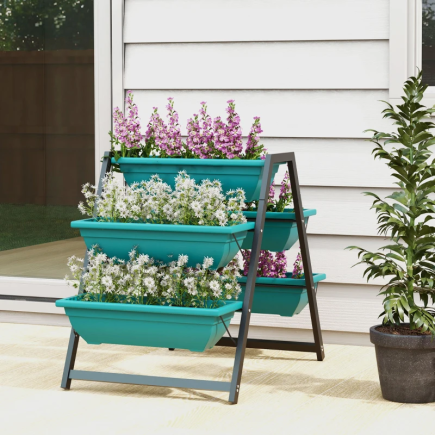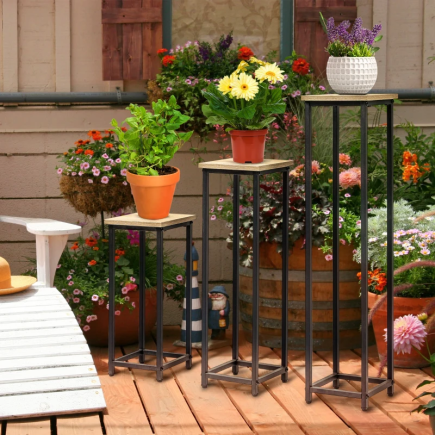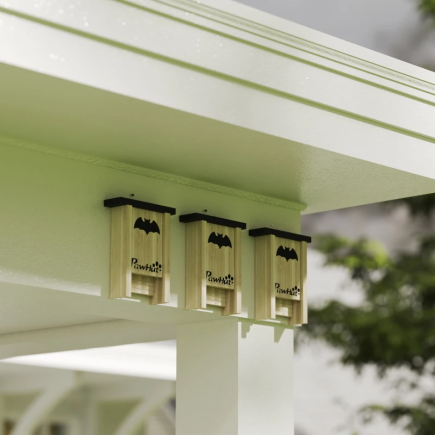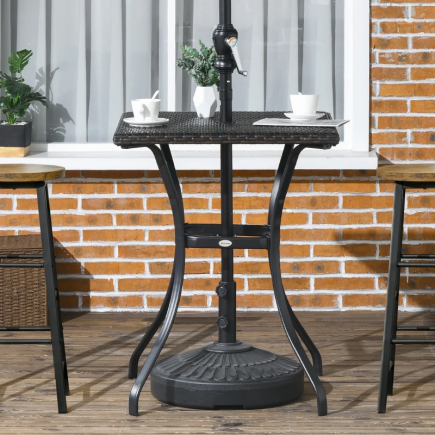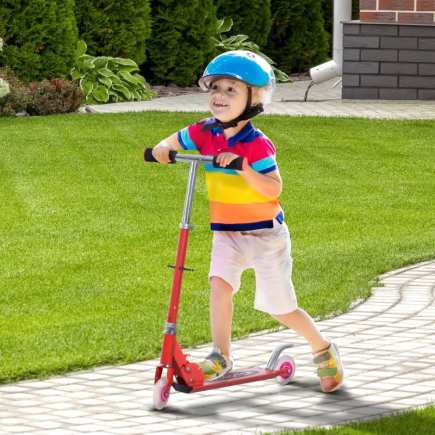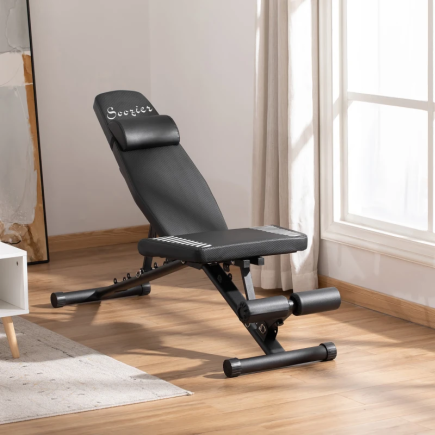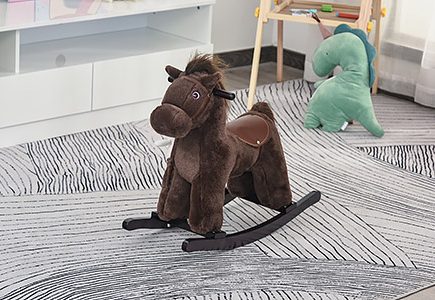Your garden bench is more than just a piece of furniture; it’s a place of relaxation, a visual focal point in your yard, and a spot to enjoy the beauty of your outdoor space. Over time, exposure to the elements, sun, rain, and dust can cause even the most durable benches to lose their charm.

Whether your garden bench is made of wood, metal, or plastic, a fresh coat of paint can bring it back to life. In this article, we’ll walk you through the essential steps for painting your garden bench, ensuring a beautiful, durable finish that will withstand the test of time.
Materials You’ll Need
Before starting the painting process, gather all the necessary materials to ensure a smooth and successful project. Here’s a list of essential supplies:

| Material | Purpose |
| Paint | Choose exterior-grade paint suitable for wood, metal, or plastic. |
| Primer | Helps the paint adhere better and increases the longevity of the finish. |
| Sandpaper | Medium and fine-grit sandpaper to prep the surface. |
| Paintbrushes & Rollers | High-quality brushes for detailed areas and rollers for larger surfaces. |
| Drop Cloth & Tape | Protect surrounding areas and mask off parts you don’t want painted. |
| Cleaning Supplies | Mild soap, water, and a sponge to clean the bench before painting. |
| Sealer/Topcoat | Protects the painted surface from weather and wear. |
| Spray Paint (Optional) | Ideal for intricate designs or hard-to-reach areas. |
Having these materials ready ensures you won’t have to stop in the middle of the project to gather more supplies.
1. Preparing Your Garden Bench
Proper preparation is crucial to achieve a smooth, professional-looking finish. Skipping any of these steps can lead to peeling, uneven coverage, or a surface that isn’t fully protected.
Clean the Surface
Start by cleaning your bench with soap and water, using vinegar for tough stains or bleach for mold on wood. Wipe metal benches with a damp cloth and scrub off rust. Clean plastic with mild detergent and warm water. Sand the surface to ensure smoothness and better paint adhesion.
2. Priming Your Garden Bench
Priming is an essential step for creating a smooth, even surface that helps the paint adhere better. It also helps improve the durability of the finish.

How to Apply Primer
- Wooden Benches
Apply a thin, even coat of exterior-grade primer. Use a paintbrush for detailed areas or a roller for larger surfaces. Ensure that the primer covers all parts of the bench, including any cracks or corners.
- Metal Benches
Use a rust-inhibiting primer designed for metal to prevent further rusting. For intricate metalwork, consider using a spray primer.
- Plastic Benches
Use a bonding primer that’s designed for plastic surfaces to ensure better adhesion.
Allow the primer to dry according to the manufacturer’s instructions—usually about 1–2 hours.
3. Painting Your Garden Bench
Once the primer is dry, it’s time to apply the paint. Here’s how to get the best results:

Choosing the Right Paint
- Wooden Benches: Use an exterior-grade latex or acrylic paint for wood. These types of paints are durable and resist fading due to UV exposure.
- Metal Benches: Use rust-resistant paint designed for metal. Look for paints that can withstand harsh weather and UV rays.
- Plastic Benches: Choose a paint specifically formulated for plastic. These paints have better adhesion and flexibility to prevent cracking.
How to Apply Paint
- First Coat
Start by applying a thin, even coat of paint. Use a brush for detailed areas and a roller for flat surfaces. Apply the paint in long, smooth strokes to avoid brush marks.
- Drying Time
Allow the first coat to dry completely before applying the second coat. This typically takes 1–2 hours, depending on the paint and weather conditions.
- Second Coat
Apply a second coat for a more uniform and durable finish. For most surfaces, two coats of paint are sufficient, but some may need a third, especially if the paint is lighter or the material is highly porous.
- Spray Paint Option
If you prefer, you can use spray paint for intricate areas or hard-to-reach spots. Ensure that you spray in short bursts to avoid drips.
Pro Tip: Apply the paint in the direction of the wood grain for wooden benches, and use long, even strokes for metal and plastic benches.
4. Sealing and Protecting Your Bench
Once the paint has dried, applying a topcoat or sealer is important to protect your work and extend the life of your painted bench.

How to Apply Sealer
- Spray Sealer
Use a spray sealer for an even coat. Hold the spray can about 6–8 inches from the surface and apply thin, light coats.
- Brush-on Sealer
For more controlled use, apply a liquid sealer with a paintbrush. Choose a non-yellowing, waterproof finish such as polyurethane or polycrylic for wood benches.
- Sealer for Metal and Plastic
Use a waterproof sealer to help protect your painted bench from UV rays, moisture, and dirt.
Allow the sealer to dry thoroughly between coats. Applying 1–2 coats is usually sufficient.
A Long-Lasting, Beautiful Garden Bench
Painting your Garden Bench is an easy and affordable way to breathe new life into your outdoor space. With a little preparation and care, you can transform your bench into a stunning focal point that lasts for many years. By following the steps outlined in this guide, you’ll not only restore the beauty of your garden bench but also protect it from the wear and tear of outdoor living.
FAQs
1. Can I paint a garden bench during cold or rainy weather?
It’s best to paint in dry, warm conditions (ideally between 50–85°F or 10–29°C). Cold or rainy weather can cause the paint to dry too slowly or unevenly, affecting the finish.
2. How long does it take for the paint to fully cure?
While the paint may feel dry to the touch within a couple of hours, it can take up to 7 days for it to fully cure. Avoid heavy use or contact with water during this time.
3. Can I use regular household paint for my outdoor bench?
Regular household paints are not recommended for outdoor furniture as they may not be durable enough to withstand the elements. Always use paint specifically labeled for exterior use.
4. How often should I repaint my garden bench?
Depending on weather conditions and the material of the bench, it’s recommended to repaint every 2–3 years to maintain its appearance and protect it from wear and tear.
5. What should I do if my bench gets chipped or scratched after painting?
For minor damage, lightly sand the affected area and apply a touch-up coat of paint. If the damage is more extensive, you may need to sand and repaint the entire surface for a consistent look.



